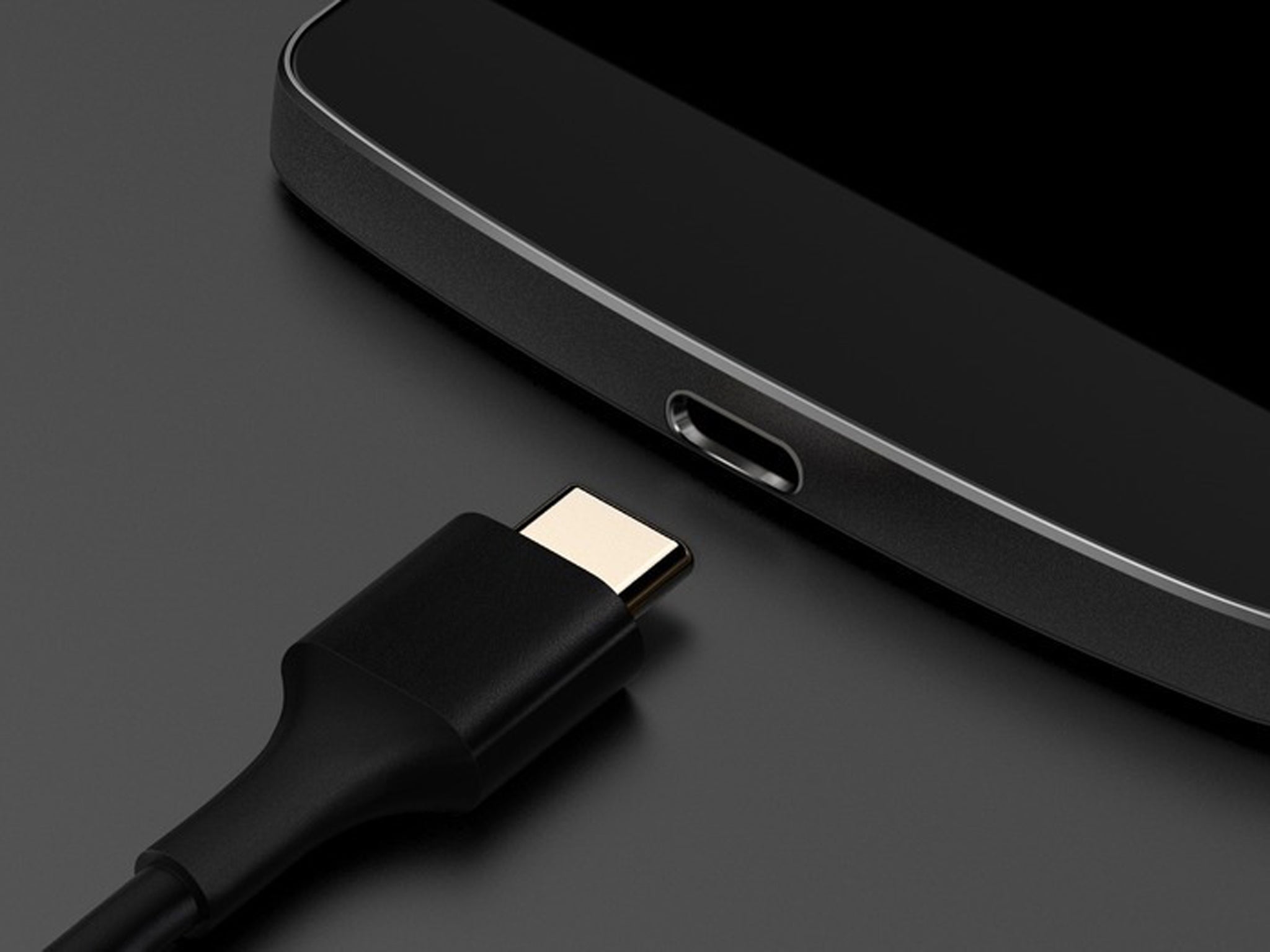
USB Type-A Chargers
USB Type-A chargers are among the most common types found in the market. Featuring a male connector designed for female Type-A ports on host devices like computers or laptops, their rectangular shape makes them easily recognizable. Various devices like mobile phones, power banks, and iPods can connect using different charger ends, such as Type B or C.
Advantages of USB Type-A Chargers
- Compatibility: Widely compatible with older devices using USB Type-A ports.
- Ease of Use: The rectangular shape makes them easy to identify and use.
- Versatility: Can be used with various devices having different connector types.
Disadvantages of USB Type-A Chargers
- Limited Modern Use: Becoming less common in modern devices.
- Inflexibility: Usable only with specific ports, limiting versatility.
USB Type-B Chargers
USB Type-B connectors fit into female Type-B ports on larger peripheral devices like printers, scanners, and external storage devices. These connectors have a distinct square-like shape with sloped corners on the top. They can be equipped with either Type A or C connectors, enabling connections to external devices like computers.
Advantages of USB Type-B Chargers
- Specific Use Case: Designed for larger peripherals like printers and scanners.
- Prevention of Host Misconnection: Helps prevent incorrect connections between host devices.
Disadvantages of USB Type-B Chargers
- Limited Compatibility: Primarily used for specific types of devices.
- Rarity in Modern Devices: Becoming less common in modern electronics.
USB Type-C Chargers
USB Type-C chargers offer several advantages over their predecessors, making them the preferred choice for many users.
Advantages of USB Type-C Chargers
- Reversibility: The reversible design makes them easy to use, as they can be plugged in either up or down.
- Speed and Power Delivery: Supports faster data transfer rates and higher power delivery, ideal for charging newer devices.
- Versatility: Can be used for both data transfer and charging, supporting multiple protocols like USB Power Delivery (PD) and DisplayPort.
Disadvantages of USB Type-C Chargers
- Cost: Generally more expensive than older types of chargers.
- Compatibility Issues: Some older devices may not support USB Type-C, requiring adapters or converters.
Micro-USB Chargers
Micro-USB chargers were once the standard for Android devices but are now being phased out in favor of USB Type-C chargers. Despite this, they remain widely available and used in many devices.
Advantages of Micro-USB Chargers
- Compact Size: Smaller than Mini-USB chargers, making them ideal for slimmer devices.
- On-the-Go Compliance: Supports OTG (On-the-Go) compliance, allowing for easy connectivity and file transfers.
- High Data Transfer Rate: Supports high data transfer rates of up to 480 Mbps.
Disadvantages of Micro-USB Chargers
- Limited Modern Use: Being phased out in favor of USB Type-C chargers.
- Compatibility Issues: May not be compatible with newer devices requiring USB Type-C.
Mini-USB Chargers
Mini-USB chargers were once common in older devices, particularly in digital cameras and other portable electronics. However, they have largely been replaced by Micro-USB and USB Type-C chargers.
Advantages of Mini-USB Chargers
- Compact Size and Build: Thicker build and compact size made them ideal for older devices.
- Early Adoption: Played a significant role in the early days of digital devices.
Disadvantages of Mini-USB Chargers
- Limited Modern Use: No longer supported by most modern devices.
- Lack of On-the-Go Compliance: Unable to support seamless switching between host and device roles.
USB 3.0 Chargers
USB 3.0 chargers, also known as SuperSpeed USB, offer significantly faster data transfer speeds compared to their predecessors. They provide an exceptional data transfer speed of up to 625 MB/s and rapid charging capabilities of up to 900 mA.
Advantages of USB 3.0 Chargers
- Fast Data Transfer: Supports high-speed data transfer rates.
- Rapid Charging: Enables quick charging capabilities.
Disadvantages of USB 3.0 Chargers
- Compatibility Issues: May not be compatible with all devices, especially older ones.
- Cost: Generally more expensive than standard USB 2.0 chargers.
Choosing the Right Charger
When selecting a charger for your Android device, consider several factors:
- Compatibility: Ensure the charger matches your device's connector type and power delivery specifications.
- Speed and Power Delivery: For fast charging or high-speed data transfer, look for chargers supporting USB PD or USB 3.0.
- Durability: Opt for chargers with durable materials like nylon braided cables, which resist damage.
- Brand Reputation: Consider reputable brands known for high-quality chargers, such as Anker or Samsung.
- Reviews and Ratings: Check reviews and ratings on platforms like Amazon to ensure reliability and performance.
Additional Tips
- Avoid Cheap Cables: While cheaper cables might seem appealing, they often lack durability and may not provide the full wattage needed for fast charging.
- Check Specifications: Ensure the charger supports the required power output and data transfer speed for your device.
- Use Certified Cables: Opt for cables certified by reputable organizations like MFi (Made for iPhone/iPad) or USB-IF (USB Implementers Forum) to ensure quality and compatibility.
By following these guidelines and understanding the different types of chargers available, you can make an informed decision when selecting a charger for your Android device, ensuring optimal performance and longevity.
